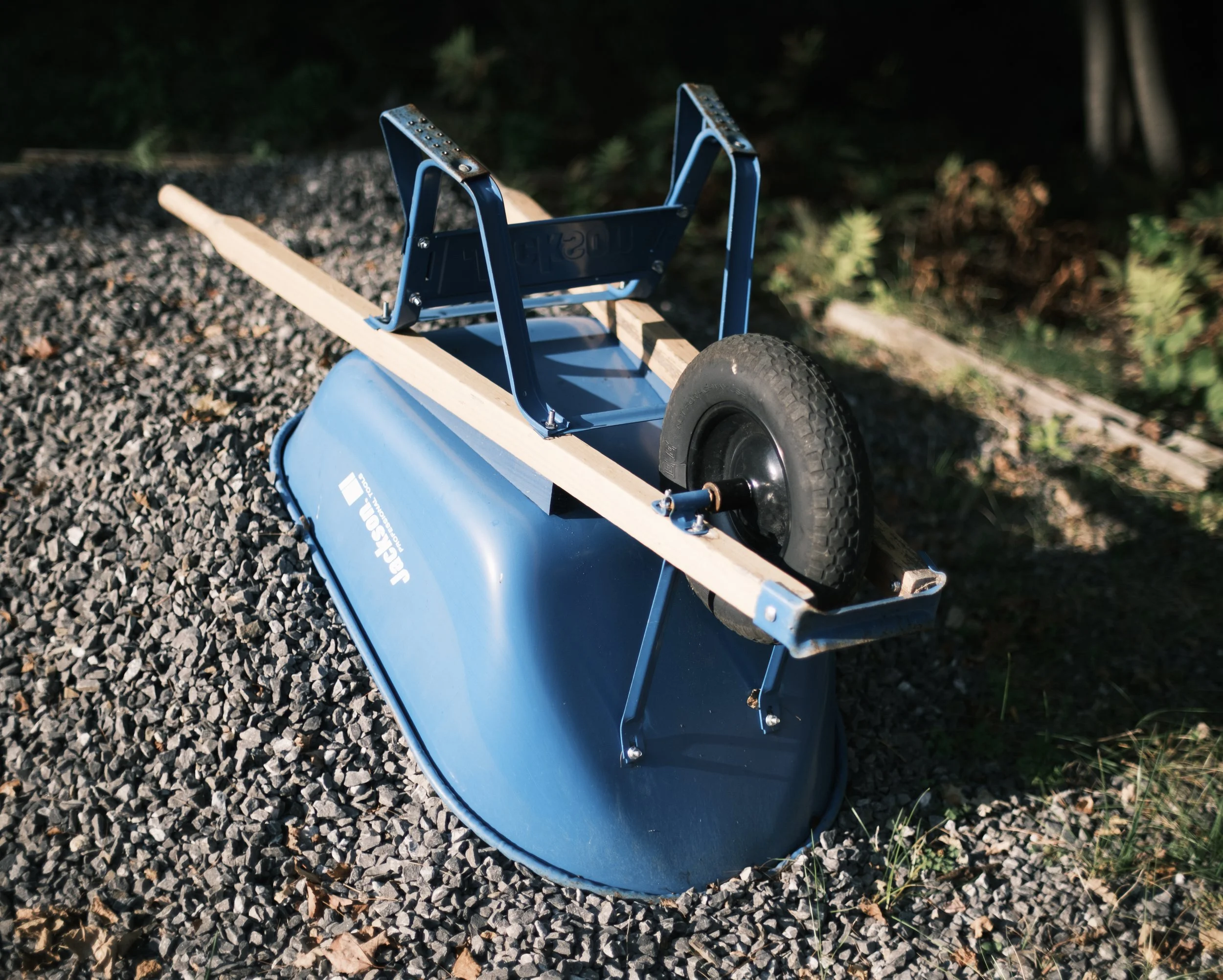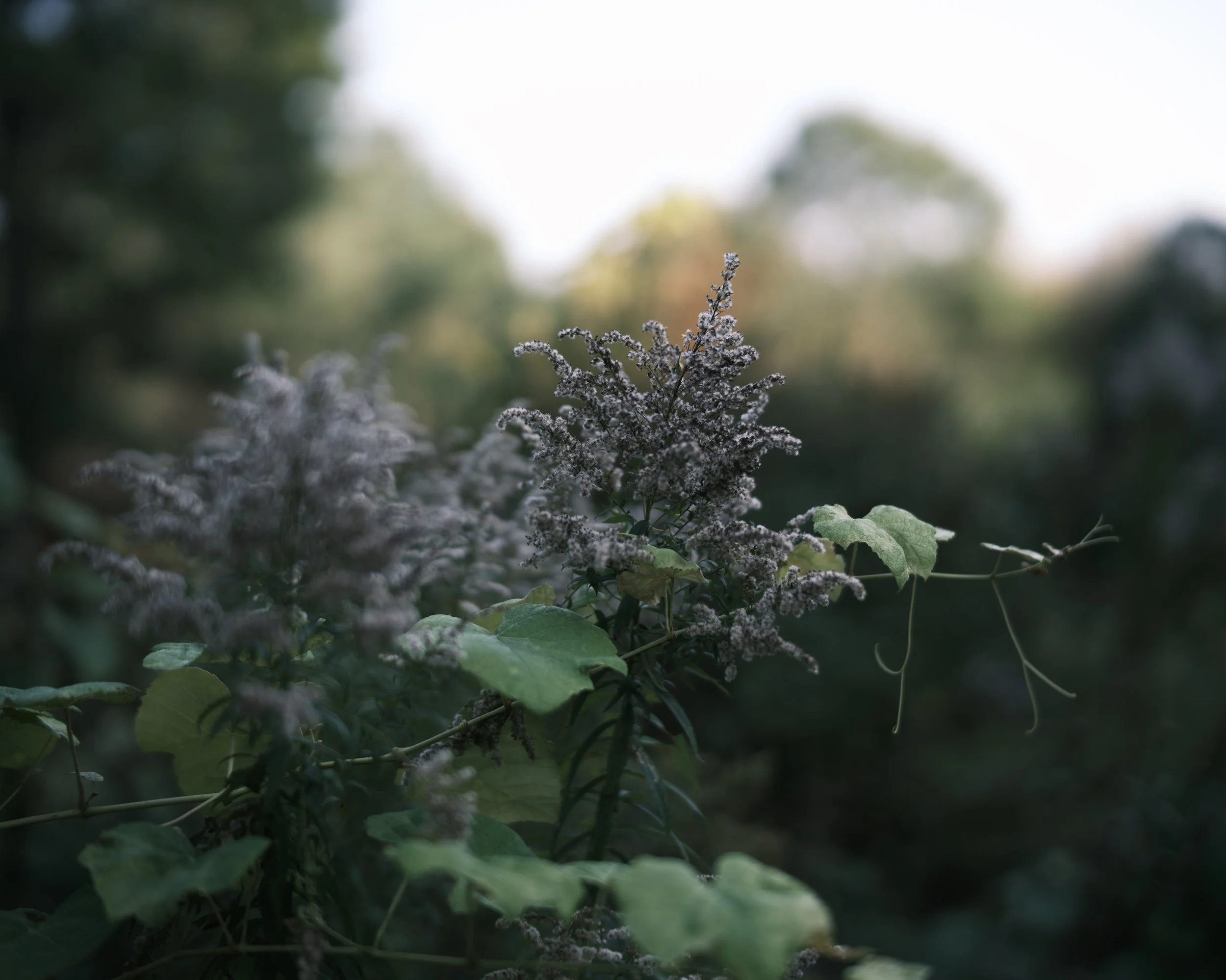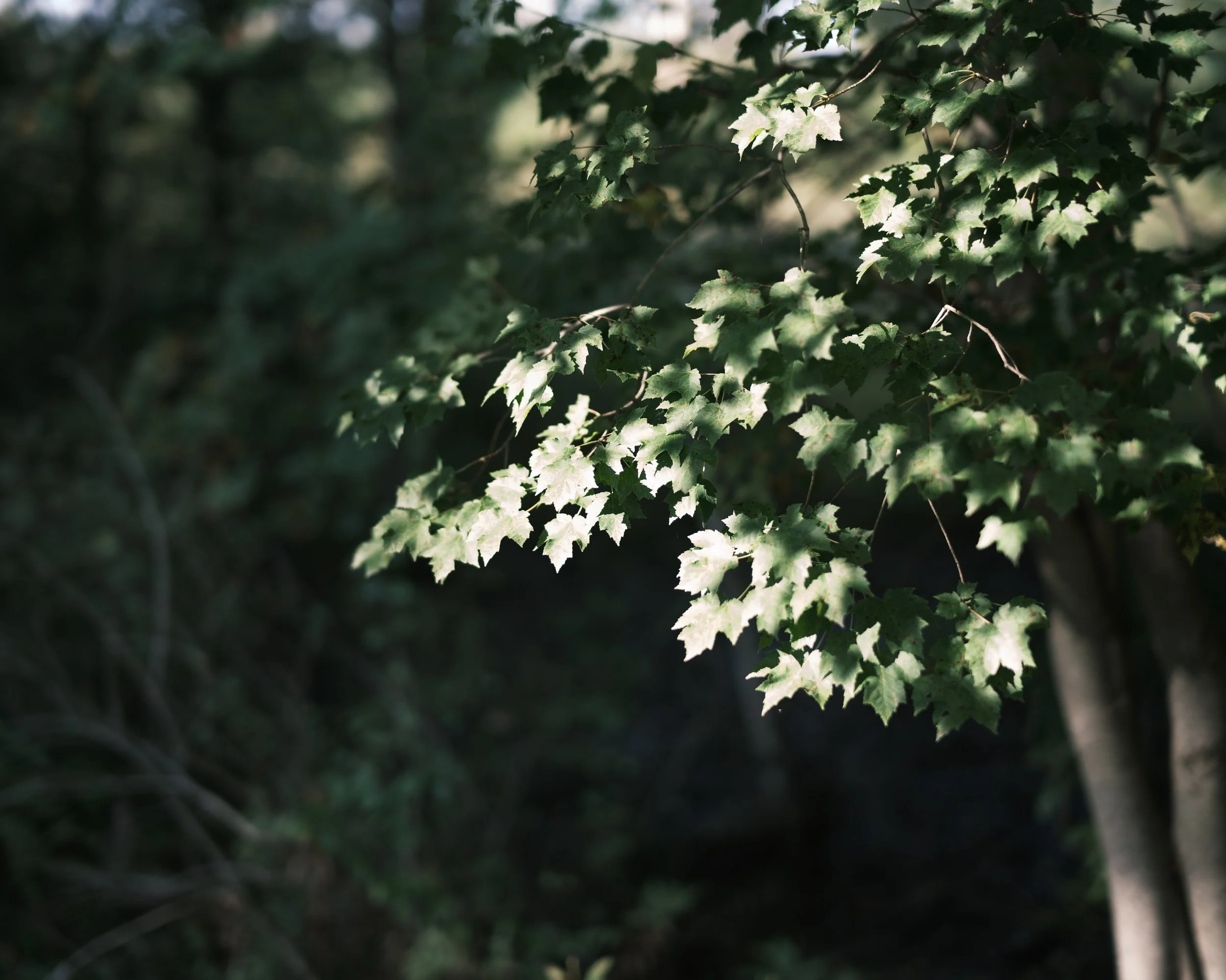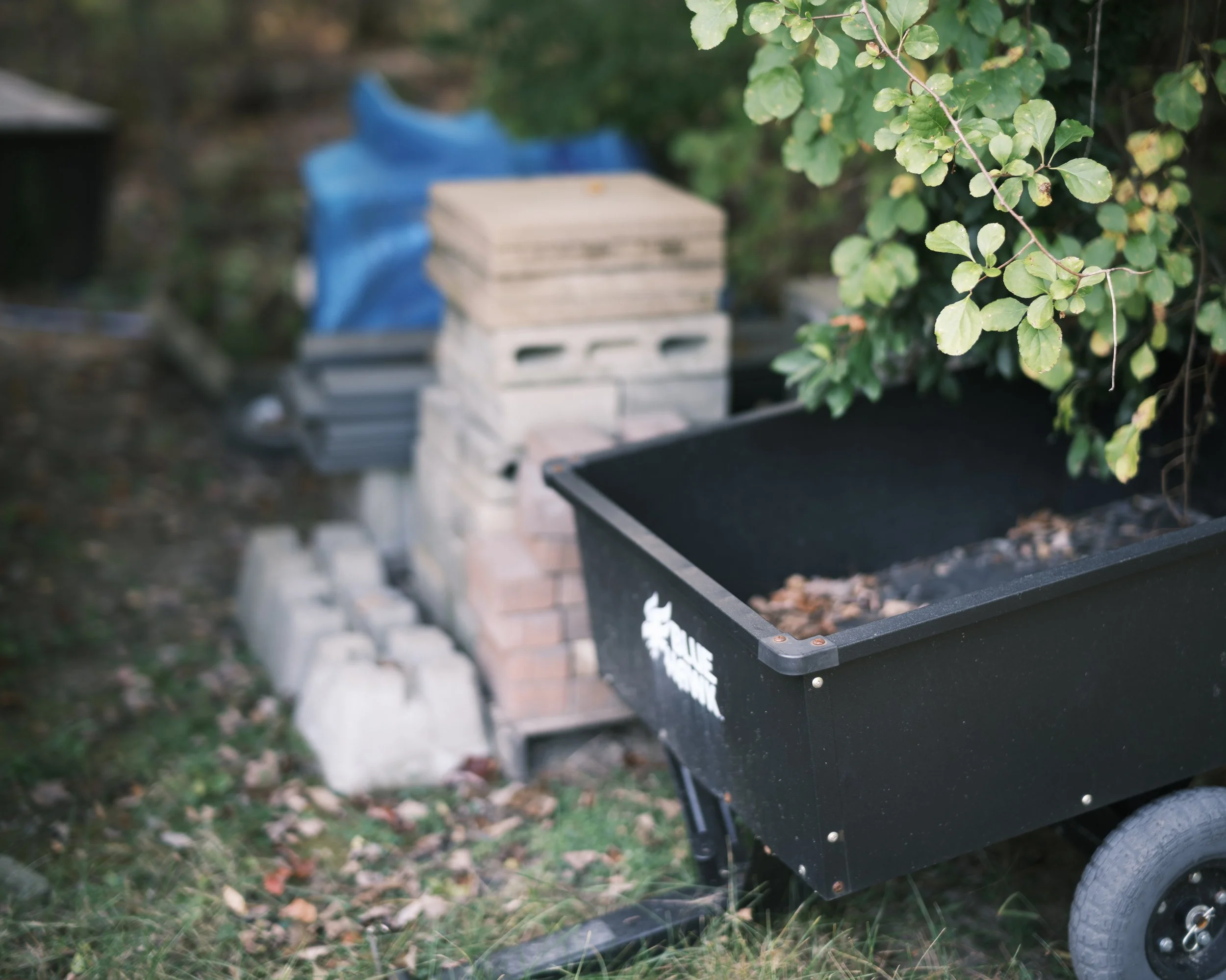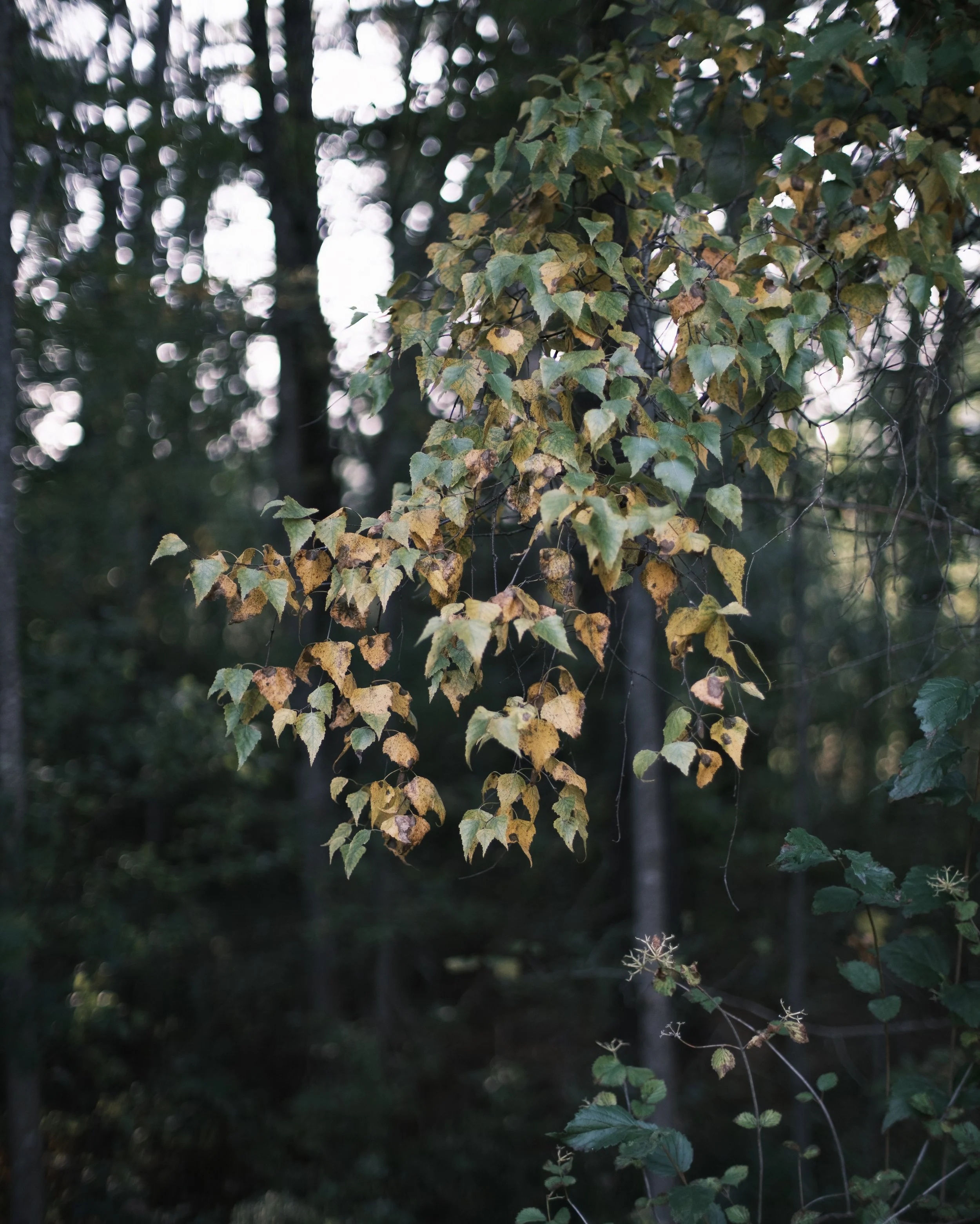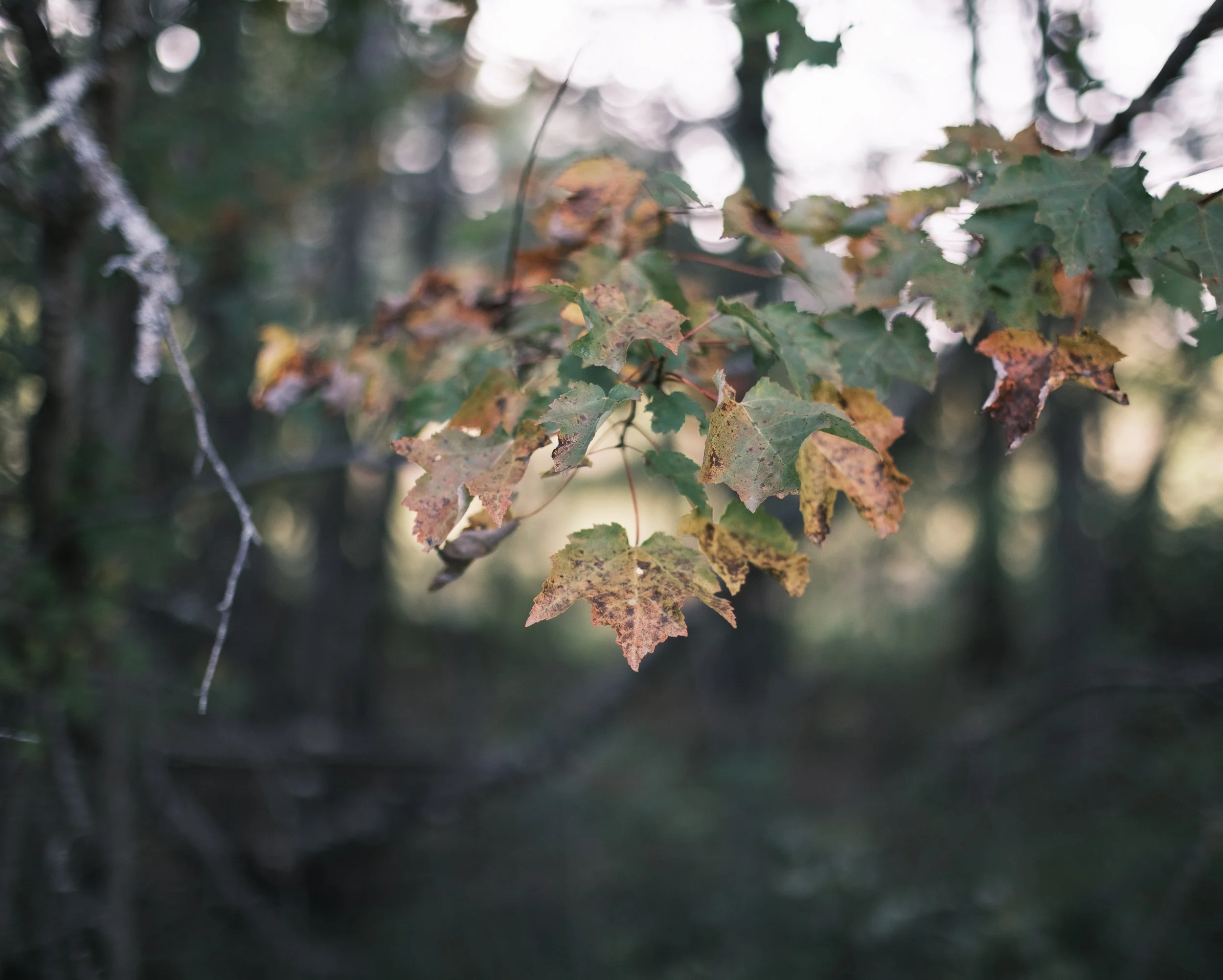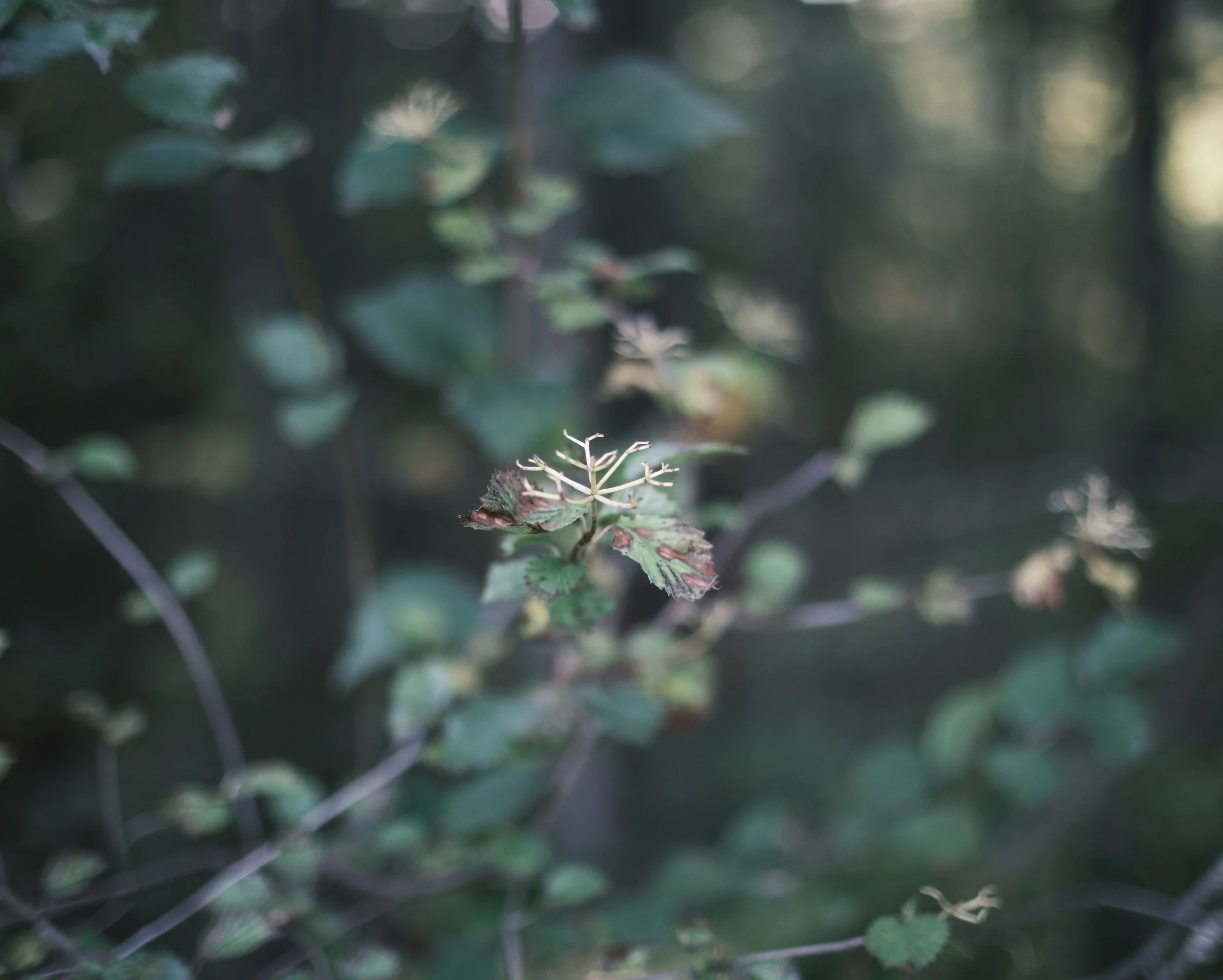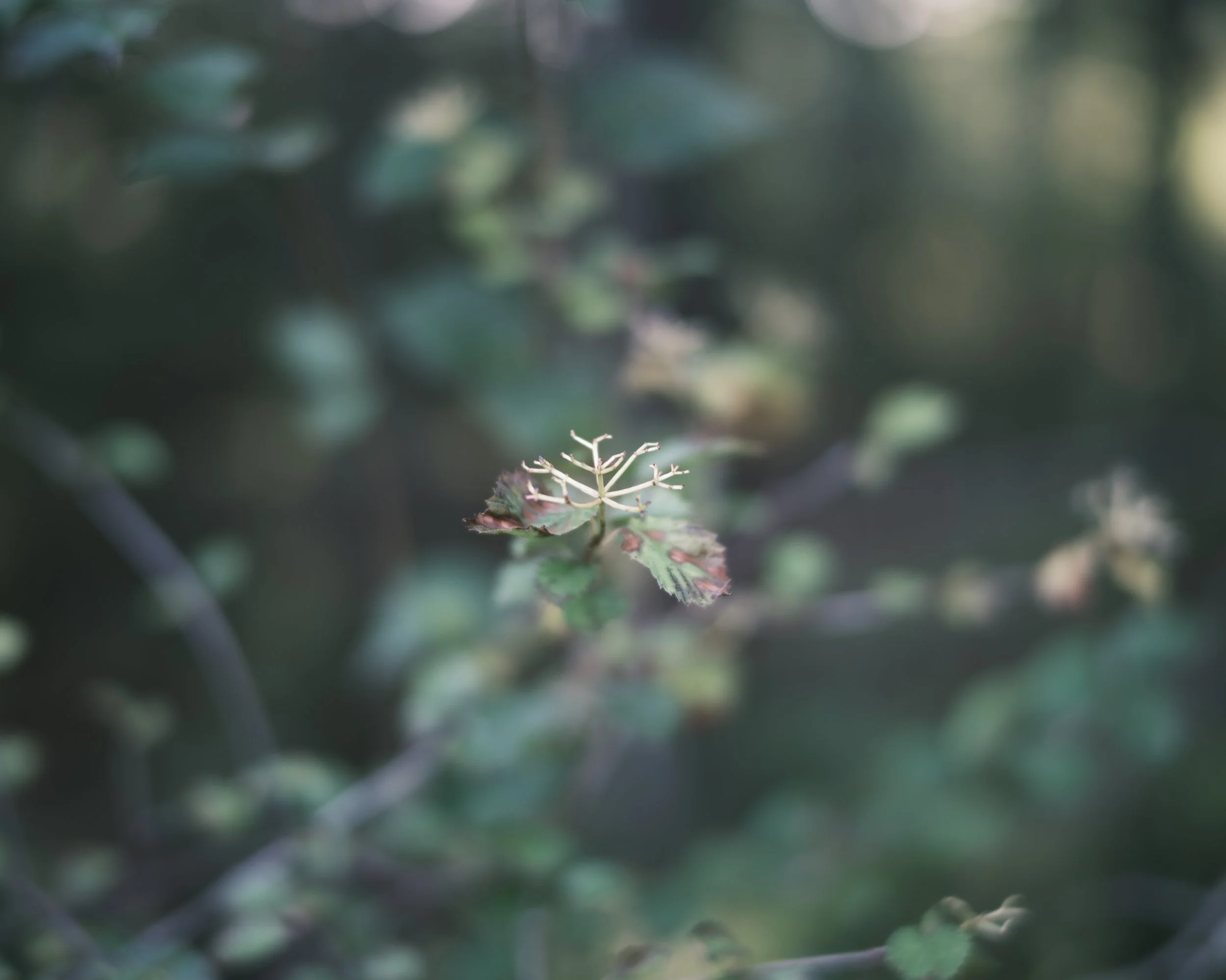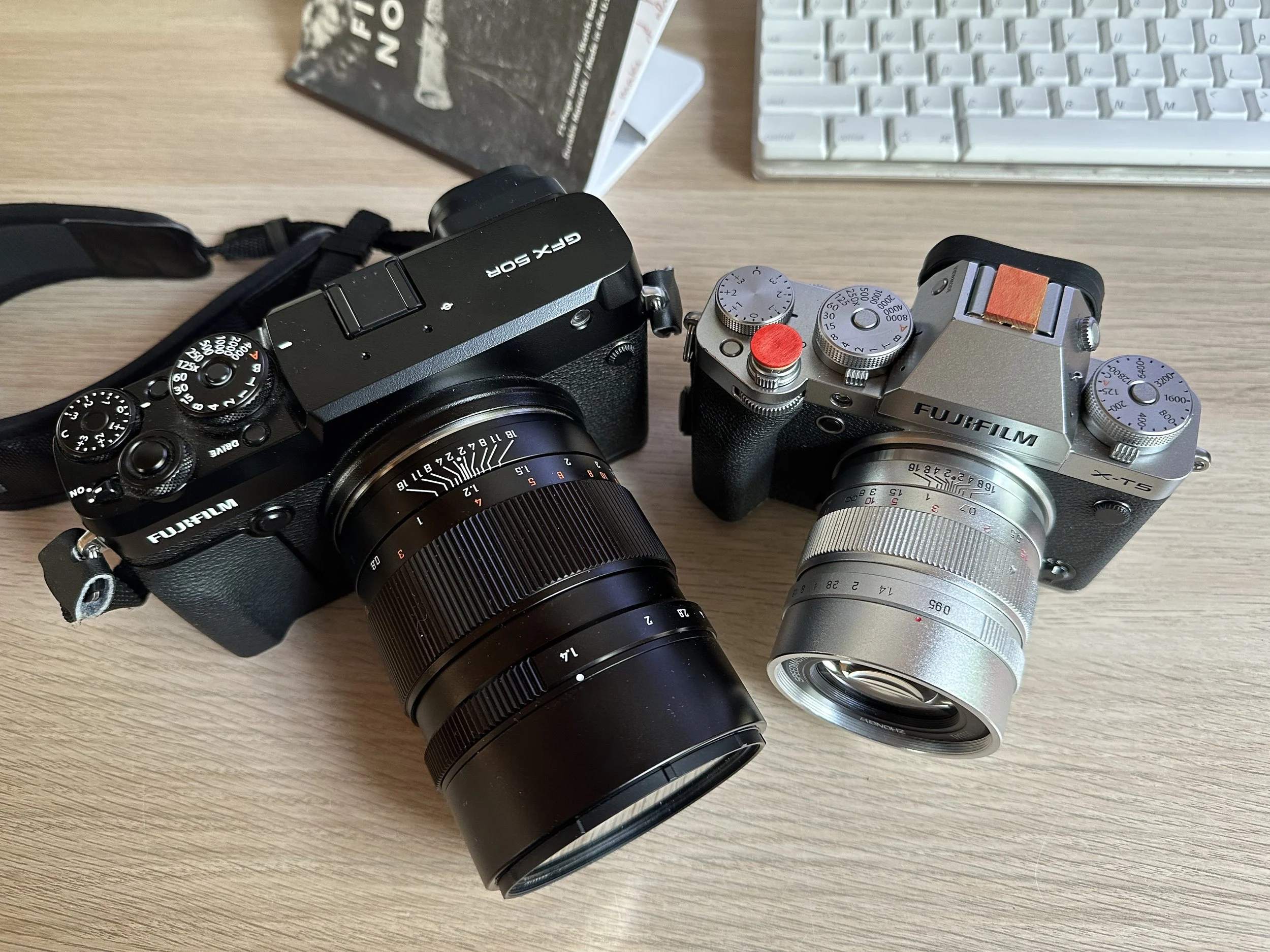Medium format: worth it?
Ever since I saw some of the work created by photographers like Kyle McDougall with Fujfilm’s GFX cameras, I’ve wanted one. In one of the very first posts on this blog, in fact, I shared some quarantine images taken with the GFX 50s ii, which I returned shortly after. But I’ve held out hope that I could get back into the system—and especially try it with the Mitakon 65mm f1.4 lens.
Recently I ordered used versions of both the GFX 50r and that Mitakon lens. And I’ve been blown away by the results of that combo. I’m able to get photos of the boring subjects I like (mostly random plants and trees) that look epic thanks to the easy subject separation and gorgeous focus fall off. I’ll share some of those a different time (in the meantime, see more by following me on Glass).
But the kit is still expensive. So I did the math and figured that Mitakon’s 35mm f0.95 on my X-T5 could give similar results. (In reality, if my math’s correct, the APS-C version would have to be ~f0.7 to get the same effective depth of field. But that doesn't exist.) So I walked around the yard and took some shots on each setup to compare. Both lenses are wide open, the G-mount at f1.4 and the X-mount at f0.95. Both are more or less straight out of camera using the Classic Neg simulation, but I have tweaked the exposure in Lightroom on a few to better match the other camera’s exposure.
Image quality (with samples)
Fujifilm X-T5 with Mitakon 35mm f0.95
Fujifilm GFX 50r with Mitakon 65mm f1.4
Fujifilm X-T5 with Mitakon 35mm f0.95
Fujifilm GFX 50r with Mitakon 65mm f1.4
Fujifilm X-T5 with Mitakon 35mm f0.95
Fujifilm GFX 50r with Mitakon 65mm f1.4
Fujifilm X-T5 with Mitakon 35mm f0.95
Fujifilm GFX 50r with Mitakon 65mm f1.4
Fujifilm X-T5 with Mitakon 35mm f0.95
Fujifilm GFX 50r with Mitakon 65mm f1.4
Fujifilm X-T5 with Mitakon 35mm f0.95
Fujifilm GFX 50r with Mitakon 65mm f1.4
Fujifilm X-T5 with Mitakon 35mm f0.95
Fujifilm GFX 50r with Mitakon 65mm f1.4
Fujifilm X-T5 with Mitakon 35mm f0.95
Fujifilm GFX 50r with Mitakon 65mm f1.4
I chose these lenses specifically because of their roughly equivalent focal length and the fact that they’re made by the same company and have similar character. So there is a lot of similarity in the feel of these images.
But there are also differences.
Clearly the GFX combo offers shallower depth of field (the background is more blurred). Again, an exact comparison can’t be made due to, uh, physics. But that is what makes a larger sensor desirable. Point: medium format.
The fall off—how the image goes from in-focus areas to out-of-focus areas— is more pleasing in the GFX photos. It’s silky smooth. Point: medium format.
I think the in-focus areas are a little more contrasty on the GFX, but they’re so close as to be basically the same. This one’s a tie.
The X-T5/APS-C photos have those nice bokeh balls, but that can be achieved on the GFX by stopping down. Then you’d get both the balls and the nice fall off. Point: medium format.
Other considerations
Now to the other tangible differences not seen in the photos. The biggest thing is probably ergonomics. The size and weight differences in these combos is significant.
X-T5 with Mitakon 35mm f0.95: 995 g / 2lbs 3 oz.
GFX 50r with Mitakon 65mm f1.4: 1,830 g / 4 lbs.
Yep, the GFX 50r combo weighs nearly twice as much. And that Mitakon lens on the X-T5 ain’t light compared to other X-mount lenses (100g heaver than Fujifilm’s closest, the 33mm f1.4).
Possibly an unpopular take in the seeming rush to make everything lighter and thinner, but I’m not so sure this is a bad thing. Sure, you’ll feel it—depending on how you carry the camera and for how long. Your fingers and wrists might get sore lifting it to take photos. And even within GFX land, the 50r is not the easiest to grip. The 50s ii and others have a deeper grip that feels like you have real control over the camera.
But compared to the Pentax 6x7 with prism and 100mm f2.4 lens (a lens which some have compared to this Mitakon 65mm)—a combo which weighs more than 5 lbs, the GFX setup is downright lightweight.
However, if you’re more likely to shoot because you’re more likely to have a camera with you because that camera is smaller and lighter, then points to the X-T5 setup.
There are other differences in overall camera speed. The X-T5 is certainly faster, has all the latest tech, and doesn’t give you extreme rolling shutter issues when using the electronic shutter (seriously, why even include this feature on the GFX? Every single time, regardless of movement). Points: X-T5/APS-C.
The X-mount lens ecosystem is far deeper (unless you count adapting other manufacturers’ lenses, but really you can do that to some extent on both). I’m not sure how improved the tech is on newer GFX cameras like the recently announced 100 ii, but given the limitations a big sensor necessitates, there seems to be no way the overall experience could be as fluid as the X series. Points to X-T5 here.
Conclusion
So, scientifically, medium format is better. Just kidding. Completely subjectively, based on what I like to shoot and how I like those photos to feel, the characteristics of the larger sensor and the lens possibilities it enables, and my willingness to slow down and treat shooting more like a film camera, the GFX series is the clear winner for me.
If you need small and light, reliably fast tech, and relatively inexpensive and abundant lens options, definitely stick to the X series.
To be clear, the image quality on both systems is amazing. And for many types of images, when viewed on a smartphone, it’ll be difficult to tell the difference.
Personally, I’ll be using both for different scenarios. For now. But I have noticed when I get up and go, I’m grabbing the GFX almost every time.
What’s next
The open question I’m left with is whether to keep the 50r or switch (back) to the 50s ii. I love the 50r’s rangefinder styling and top dials, and it feels really great in my hands. But the 50s ii has newer tech, IBIS (could really use that sometimes), and that nicer grip. Plus I can get it with the really great 35-70mm bundled for a good price, giving me a little more range than the Mitakon provides—and autofocus (not every photo should be super shallow, he tells himself).
Have opinions on this subject? Let me know in the comments.
Update: after this post went live, but before I’d even shared the link, I decided to keep the 50r. I really love this camera.

